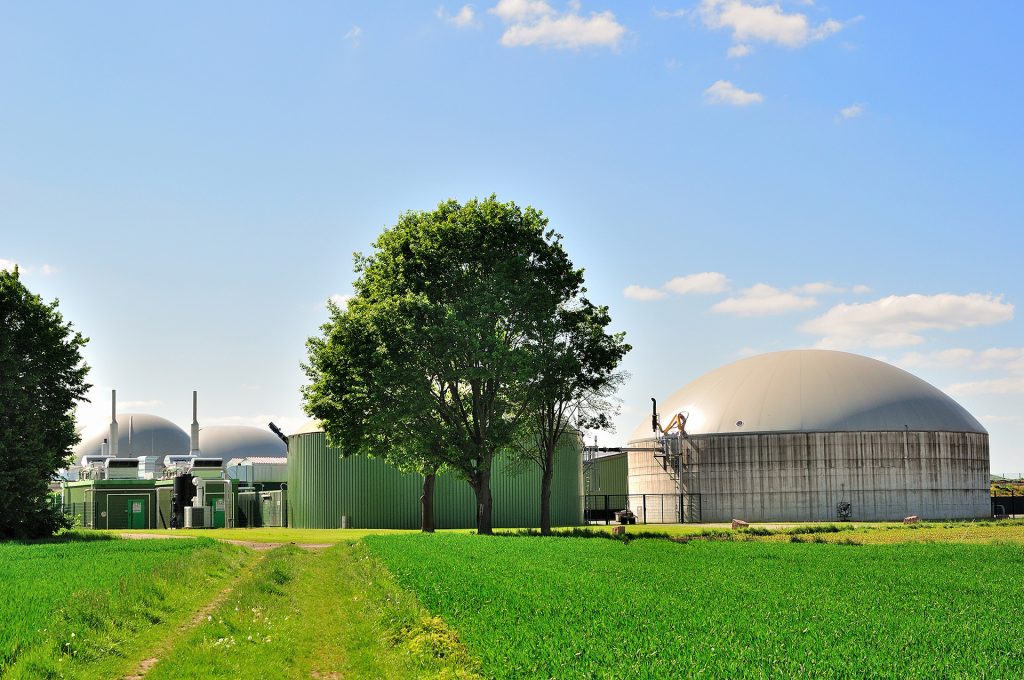Anaerobic Digestion: A Sustainable Solution for Waste and Energy

Anaerobic digestion (AD) is a natural biological process that breaks down organic waste in the absence of oxygen. It produces two key outputs: biogas, primarily made of methane (CH4) and carbon dioxide (CO2), which can be used for renewable energy and digestate, a nutrient-rich byproduct that can be used as fertiliser. AD provides an efficient, environmentally friendly way to manage waste while generating clean energy.

How Anaerobic Digestion Works
The AD process takes place in oxygen-free chambers, where microorganisms break down organic waste in four stages:
- Hydrolysis: Complex organic molecules break down into simpler ones.
- Acidogenesis: Simple molecules turn into volatile fatty acids and gases.
- Acetogenesis: Acids are converted into acetic acid, hydrogen and CO2.
- Methanogenesis: Methane-forming bacteria produce methane and CO2, creating biogas.
This process can take from days to weeks depending on the material being digested.
What Can Be Processed?
AD can handle a wide range of organic materials, including:
- Food Waste: From homes, restaurants and food plants.
- Agricultural Waste: Manure, crop residues, etc.
- Sewage Sludge: Processed at wastewater treatment plants.
- Yard Waste: Grass clippings, leaves, etc.
- Industrial Waste: Organic waste from various industries.
Benefits of Anaerobic Digestion
- Renewable Energy: AD produces biogas, a renewable energy source for electricity, heating, or vehicle fuel.
- Waste Reduction: AD reduces the volume of waste sent to landfills, lowering methane emissions.
- Nutrient-Rich Digestate: The byproduct serves as a natural fertilizer, reducing the need for chemical fertilizers.
- Greenhouse Gas Reduction: By capturing methane, AD prevents harmful emissions and mitigates climate change.
- Sustainable Agriculture: Digestate supports organic farming by enhancing soil health.
Real-World Applications
- Wastewater Treatment: Many plants use AD to treat sewage sludge and generate biogas.
- Agriculture: Farms use AD to manage animal manure, generate energy and produce fertiliser.
- Food Waste: Food businesses divert waste to AD for energy generation.
- Landfill Gas Capture: Landfills use AD to capture methane for energy production.
Challenges
- High Initial Investment: Establishing AD facilities requires significant capital.
- Feedstock Availability: Securing a consistent supply of organic waste can be challenging.
- Technological Limitations: Efficiency varies depending on feedstock and environmental conditions.
Anaerobic digestion is an effective solution for waste management, energy production and sustainable agriculture. By converting organic waste into biogas and digestate, AD supports renewable energy, reduces landfill waste and helps mitigate climate change, making it a critical technology for a sustainable future.